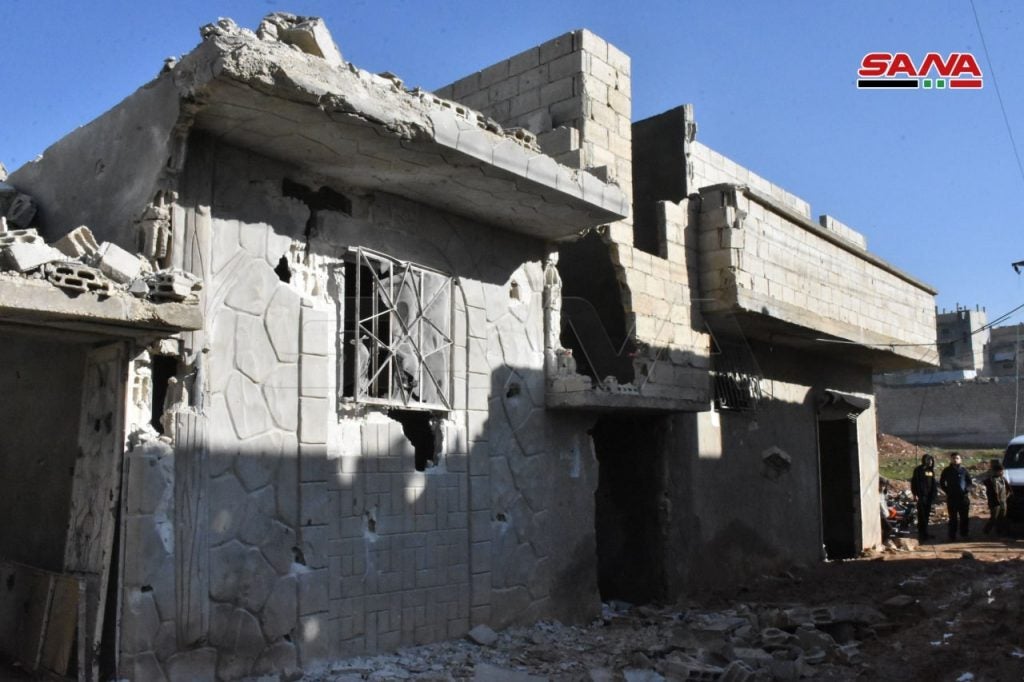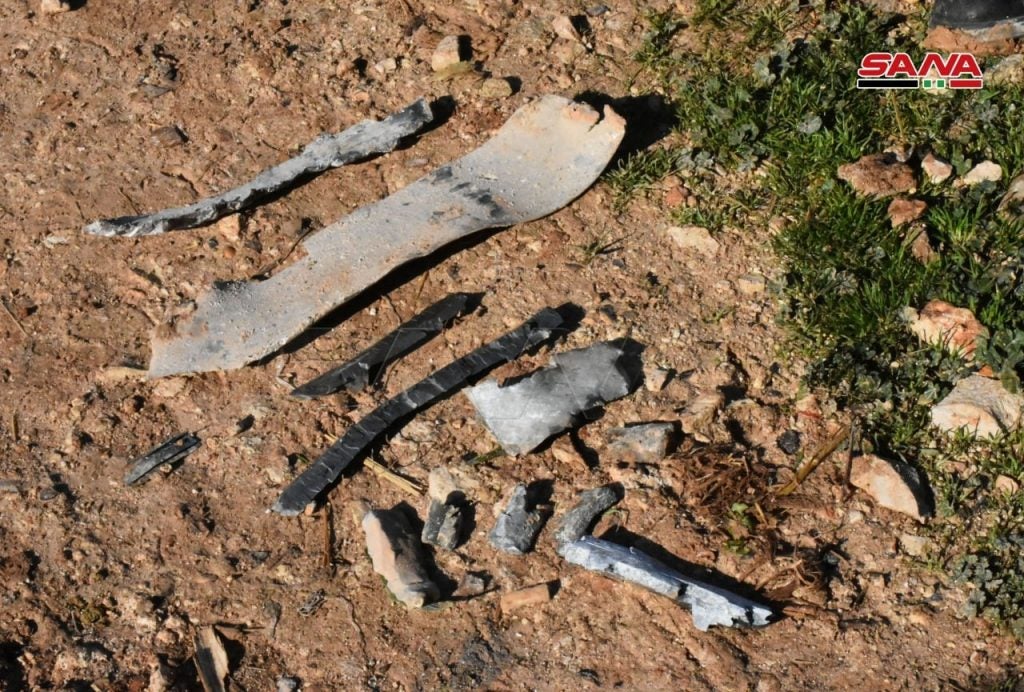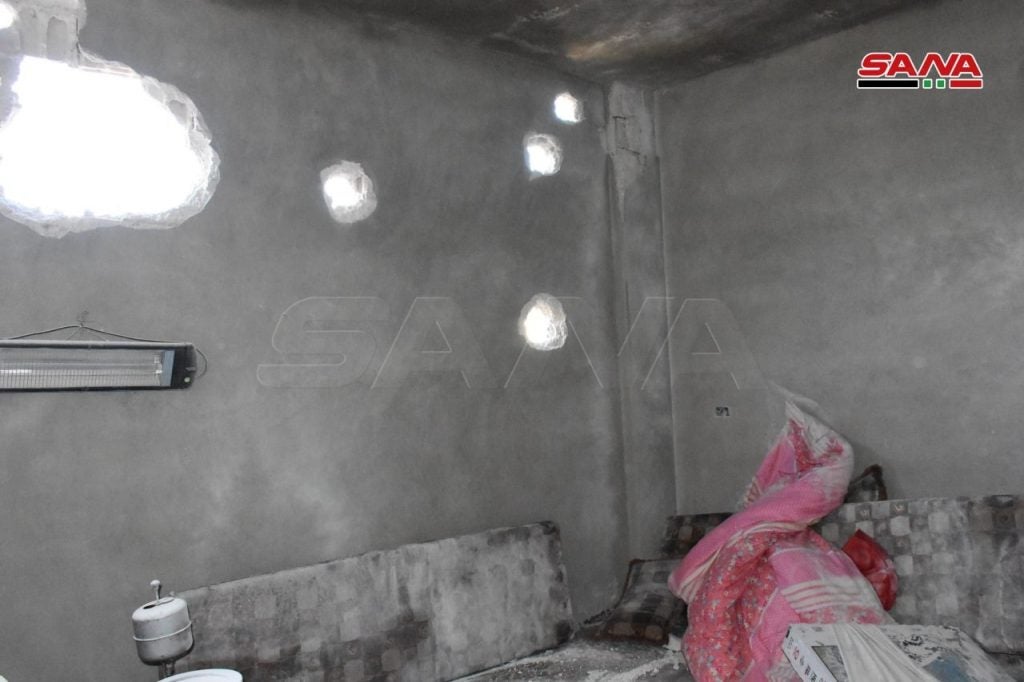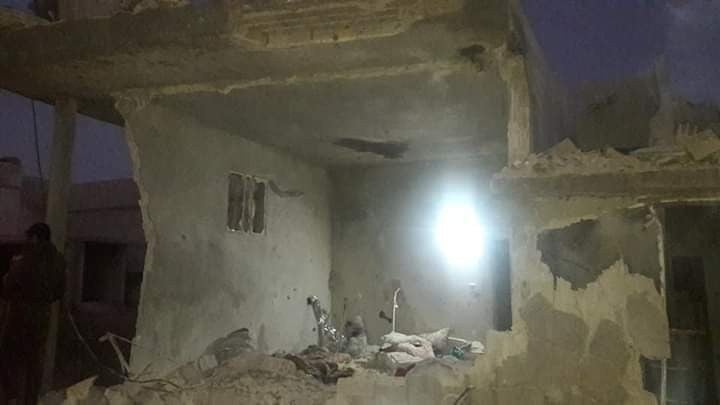Apparent Botched Syrian Air Defense Interception Kills Four on the Ground
Syrian state media reported on Friday that most of the missiles launched by Israeli Air Force aircraft against targets in Hama in an airstrike before dawn were successfully intercepted by Syrian air defenses. As has become the norm for nearly a decade, pronunciations of a successful air defense had no bearing on reality, and shortly afterwards it was reported that four members of a family had been killed after their home was struck by either a surface to air missile that missed, or shrapnel from the interception of a munition.

The state-run SANA news agency claims that Israeli Air Force aircraft launched missiles from over the city of Tripoli in Lebanon, however, their intended target was not disclosed. Eyewitness reports claim that surface-to-air missile batteries in Hama and Tartous Governorate launched missiles to intercept the incoming munitions. Any damage to the intended target or casualties there were not acknowledged. Jordanian media reports that some surface-to-air missiles impacted the Ajloun Governorate in the north of Jordan after missing their targets.

SANA continued that the destruction of a house in western Hama by Israeli “aggressors” killed a family of four, with four other people injured by damage to three other houses. Pro-regime posters online claim to have found fragments of a GBU-39 Small Diameter Bomb they allege to have been used to target the house, however, SANA photographs of the damage to the area show damage unlikely to have been caused by the bomb, including several large holes that appear to have been punched by shrapnel larger than what an SDB blast would generate.

This failure of the Syrian Air Defense Forces is just the latest in a long string of them, with the most infamous incident being when a Syrian surface-to-air missile missed its target and went on to hit Cyprus in 2019. A year before that, Syrian SAM operators firing wildly in response to incoming IAF missiles instead managed to shoot down a Russian Il-20 electronic intelligence aircraft, killing all 15 crew members.
The resulting diplomatic incident led Russian-Israeli “deconfliction agreements”, which effectively gave Israel carte blanche to strike Iranian targets throughout Syria, as long as they did not harm Russian holdings. Incidentally, S-300 and other advanced long range surface-to-air missile systems supposedly transferred to Syria after the 2018 shootdown have never come into play during subsequent Israeli airstrikes, with the prevailing belief being that they are under Russian control and not Syrian.
That Israel would continue airstrikes into Syria despite the change of president in the White House is unsurprising, seeing as Israel’s government never put much stock in the Joint Comprehensive Plan of Action (JCPOA). Similarly, talk of a Syrian-Iranian “missile pact” has done little to deter Israeli airstrikes, with airstrikes in November targeting Syrian surface-to-air missile batteries in addition to Iranian proxy targets.

